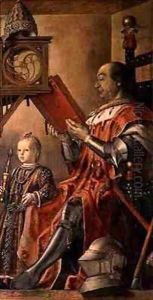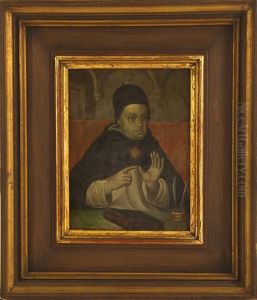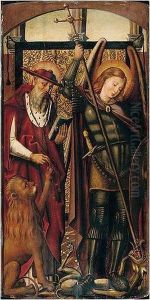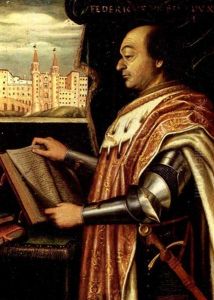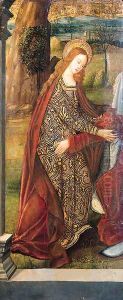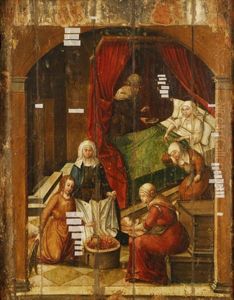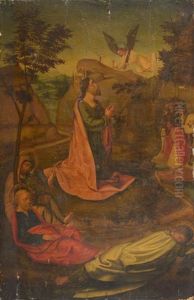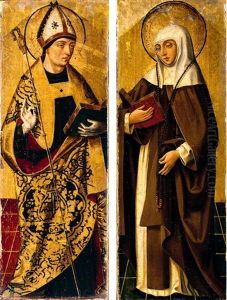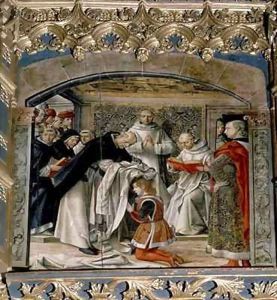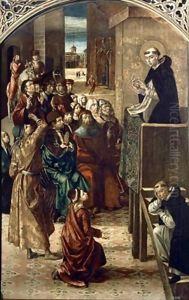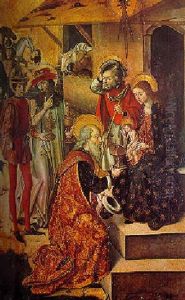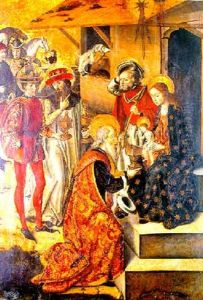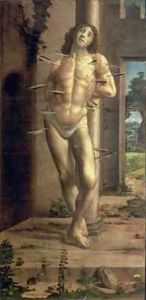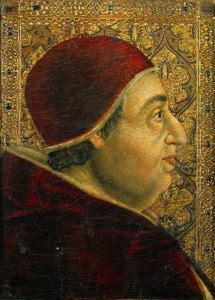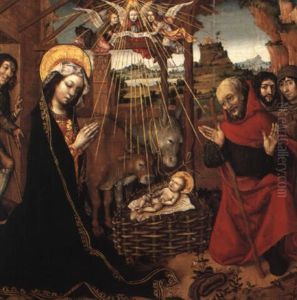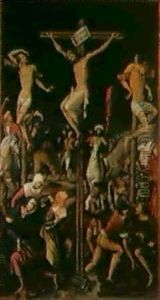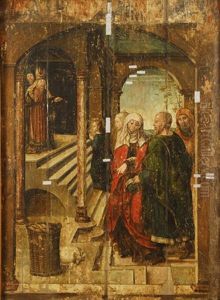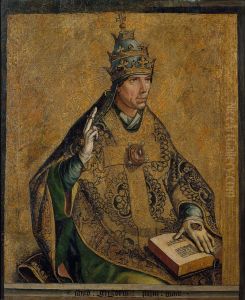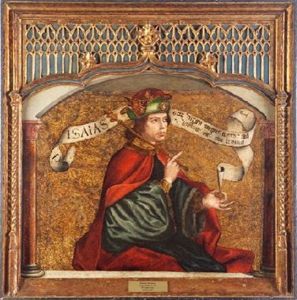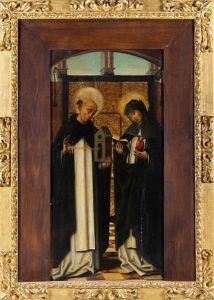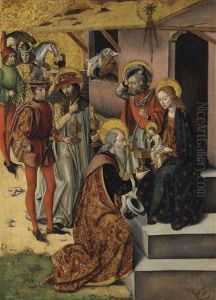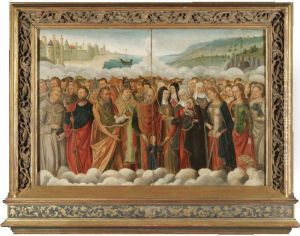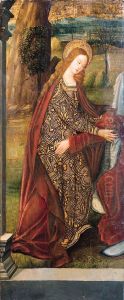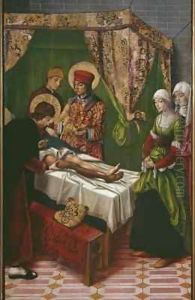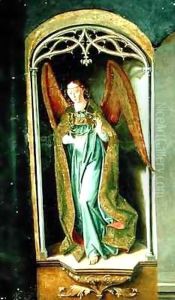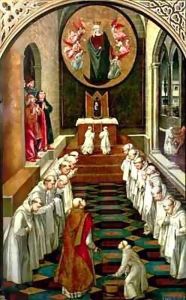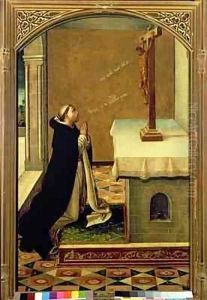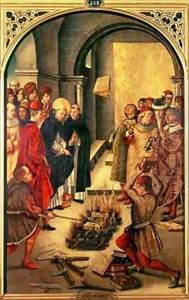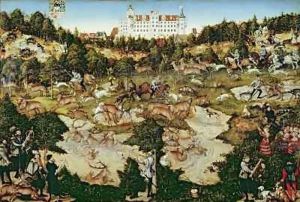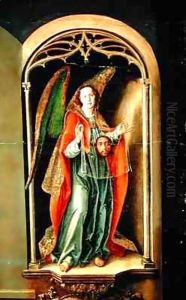Pedro Berruguete Paintings
Pedro Berruguete is hailed as one of the pioneering figures of the Spanish Renaissance, a period marked by the flourishing of arts and humanities parallel to the Italian Renaissance yet distinct in its character and evolution. Born around 1450 in Paredes de Nava, Castile, Spain, Berruguete's early life is shrouded in mystery, as little documentation survives regarding his formative years and initial training in the arts. Nevertheless, it is widely believed that he might have commenced his artistic journey in his homeland before venturing into Italy, which was then the epicenter of the Renaissance movement.
In Italy, Berruguete is thought to have been profoundly influenced by the works of Italian masters, particularly those of Andrea Mantegna and the Urbino school. Although concrete evidence of his Italian sojourn is scarce, some art historians speculate that he spent a significant part of the 1470s in Italy, absorbing the Italian Renaissance's innovative techniques and humanistic themes. This experience would have a lasting impact on his work, infusing it with a blend of Italian Renaissance characteristics and Gothic traditions native to Spain.
Upon his return to Spain in the late 15th century, Berruguete established himself as a leading figure in Spanish painting, renowned for his religious compositions, portraits, and altarpieces. His works are characterized by their intricate detail, vivid realism, and the emotional depth of the figures portrayed. One of his most celebrated contributions to Spanish art is the altarpiece of St. Eulalia in the cathedral of Palencia, which showcases his mastery in handling perspective, space, and narrative storytelling through painting.
Berruguete's influence extended beyond his immediate artistic contributions; he is also recognized as the father of Alonso Berruguete, one of Spain's most prominent sculptors and architects of the Renaissance. Pedro Berruguete's legacy is a testament to the cultural exchange between Italy and Spain during the Renaissance and his pivotal role in the development of the Spanish Renaissance. He passed away in 1504, leaving behind a body of work that continues to be celebrated for its innovation and beauty.
